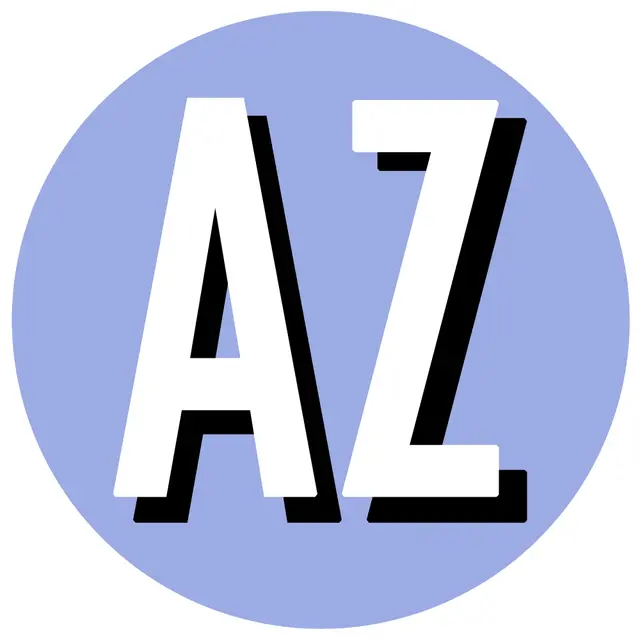This unique and amazing dictionary embraces urban terms, historical and contemporary personalities, geographical accounts, and more. Writing in a scholarly style sprinkled with British wit and humor, Robert Cowan explains in great detail words and phrases that a county or city official, planner, built environment professional or community participant might use.
Drawing upon everything from historical records to popular culture, the dictionary’s more than 6,500 entries interweave high and low-brow culture, professional jargon and street slang. The scope is also international: the dictionary differentiates between American and British expressions while also including some French and German terms.
The alphabetical listing of terms is extremely functional, with cross-references to other definitions – the terminology used by planners and urbanists being open to a wide range of interpretations. Definitions are enhanced by comprehensive commentaries as well as cleverly integrated sketches by Lucinda Rogers.
Terms and biographical entries encompass both urbanists and well-known personalities who have indirectly contributed to the world of urbanism, such as Bernard Shaw, Jane Addams, and many others. For example, under the term unreal city – a phrase from The Waste Land, a poem which presents the contemporary city as a disintegrating and dislocating experience – there is a sketch of the poet TS Eliot.
Geographical descriptions are also entered. As an Illinoian, I was more than pleased to see Peoria described as ‘the mid-west city, halfway between Chicago and St Louis... regarded as the traditional epitome of Middle America.’
However, since this is intended to be an international work, it would have been desirable to see the countries of Asia, Africa, and Latin America represented either geographically or biographically to the same degree as are those of North America and Europe. Furthermore, there is a lacuna of some of the major international organs relating to urbanism – the United Nations Centre for Human Settlements being a noteworthy example. However, Cowan offers a website (www.urbanwords.info) where there is an opportunity to suggest amendments/revisions to the next edition of the dictionary.
This is a comprehensive reference work that any library – be it public, government, school or academic – should possess. It is innovative, informative, and reflects the ever-changing language and landscape of the planning and design – and culture – of cities. Highly recommended.

